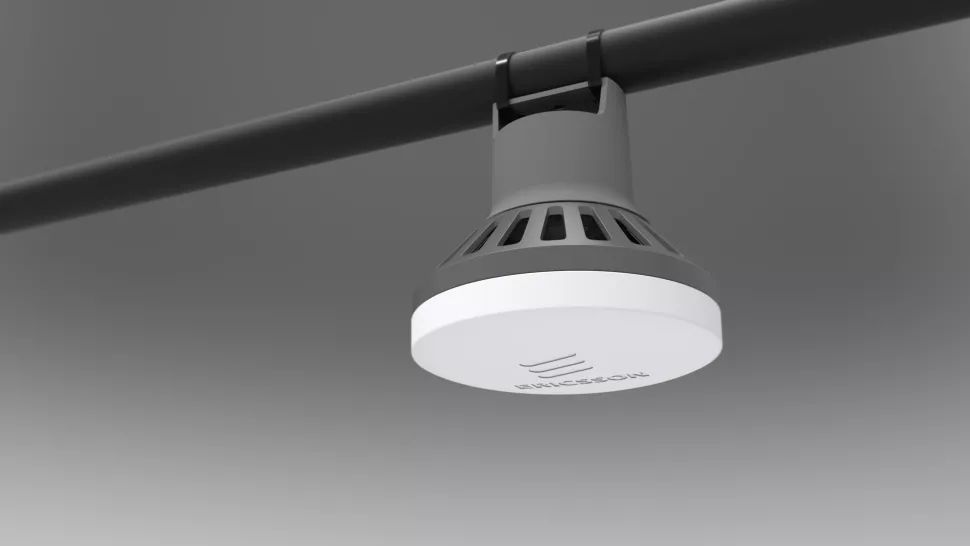5G data surge set to see small cell deployments soar
ABI Research predicts deployments to accelerate by 2025

Demand for greater mobile capacity will see deployments of 5G small cells accelerate significantly from 2025, according to a study by ABI Research.
5G will use a much greater variety of spectrum than previous generations of mobile technology, with regulators freeing up a mixture of low, mid, and high-band airwaves, offering a combination of range and capacity.
High band spectrum offers massive capacity and superior indoor propagation characteristics that will support the most advanced 5G use cases. However, it has poorer range than other bands, meaning operators will need to densify their networks with more access points.
5G small cells
This greater variety of spectrum, couple with Massive MIMO macro cells, have so far been adequate in delivering this capacity but will likely become inadequate as the number of 5G devices and volume of traffic increases. ABI says data is rising by an annual rate of 63% and will reach 1676 exabytes by 2026.
From this point on, microinfrastructure such as small cells will be critical in delivering this capacity in areas where building new masts is unfeasible or existing technology is unsuitable.
ABI Research predicts there will be 12 million 5G small cells by 2027, with the number overtaking 4G small cells a year later, with deployments boosted by advances in technology and form factor.
“5G small cells complement macro cells, boosting network capacity and extending coverage in dense areas where signals are weak or unavailable. They also allow network operators to derive more value from their existing spectrum [bands] by exploiting them more efficiently,” said Fei Liu, 5G & Mobile Network Infrastructure Industry Analyst at ABI Research.
Are you a pro? Subscribe to our newsletter
Sign up to the TechRadar Pro newsletter to get all the top news, opinion, features and guidance your business needs to succeed!
“Compared to the previous generation small cells, 5G small cells face more challenges in design and performance. 5G small cells need to be smaller and lighter while supporting larger bandwidths such as 100MHz and 200MHz. With 5G, there is a wider range of deployment scenarios, forcing vendors to provide comprehensive solutions to support every need.”
- Here are the best 5G phones around
Steve McCaskill is TechRadar Pro's resident mobile industry expert, covering all aspects of the UK and global news, from operators to service providers and everything in between. He is a former editor of Silicon UK and journalist with over a decade's experience in the technology industry, writing about technology, in particular, telecoms, mobile and sports tech, sports, video games and media.